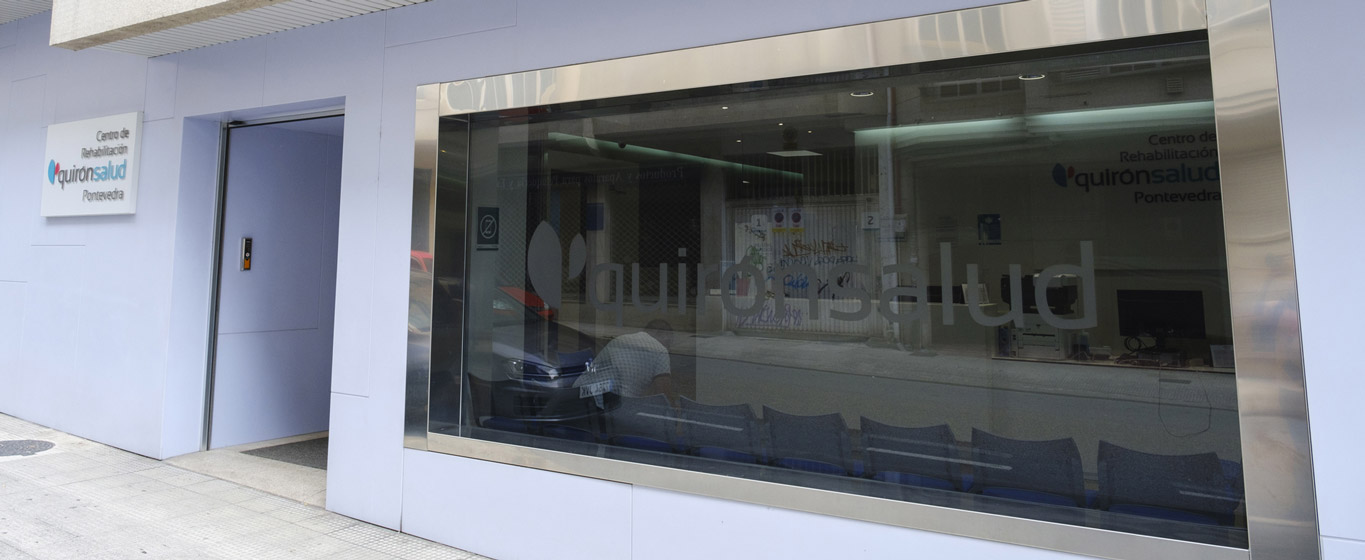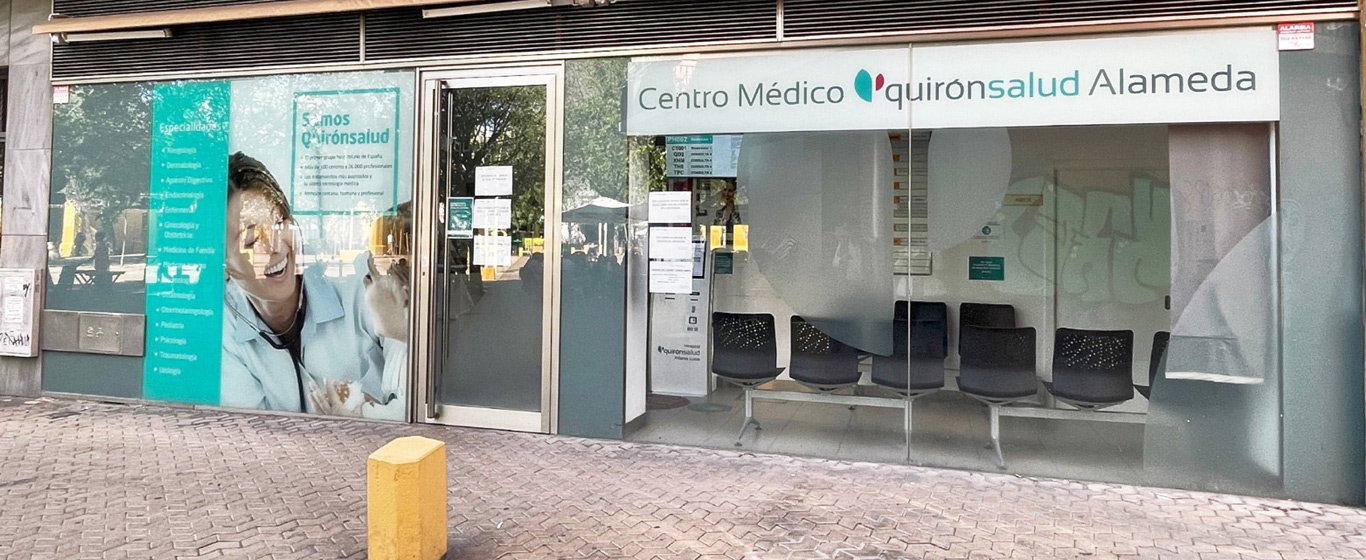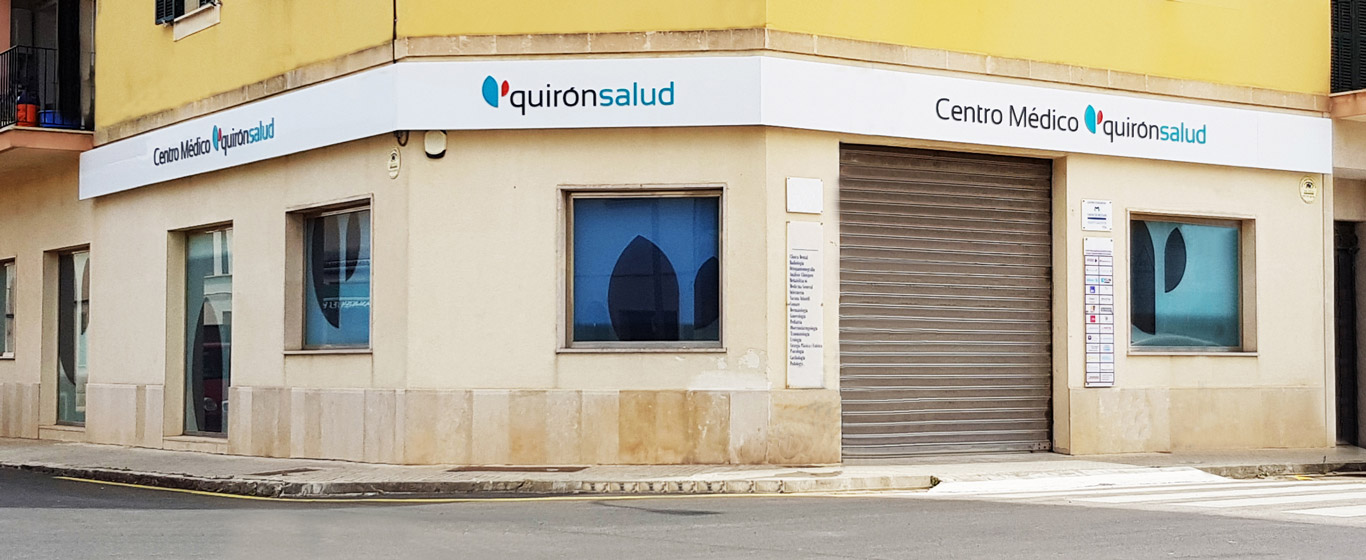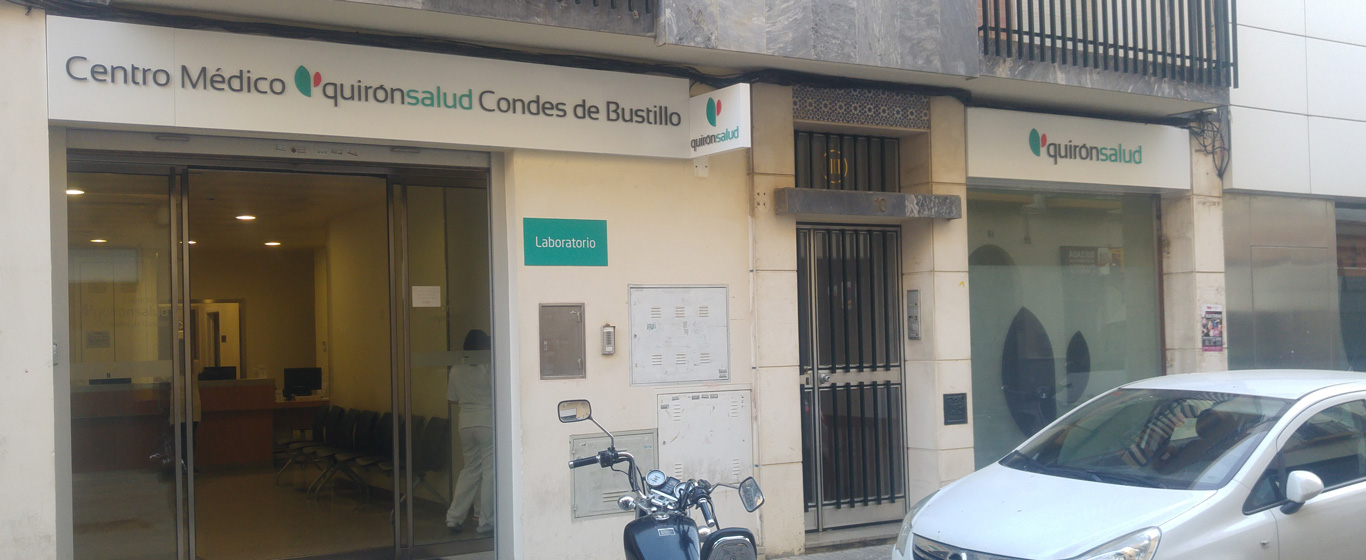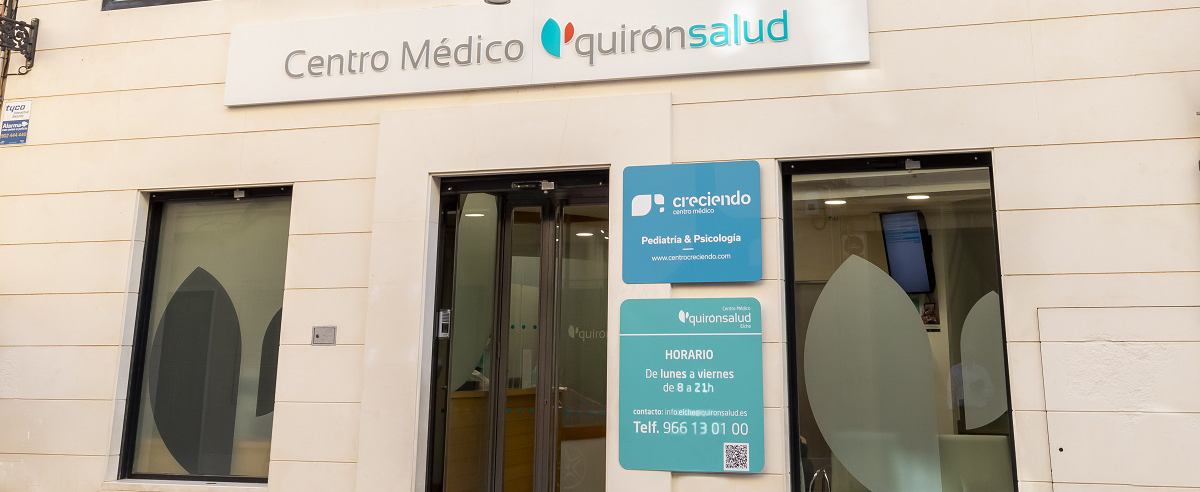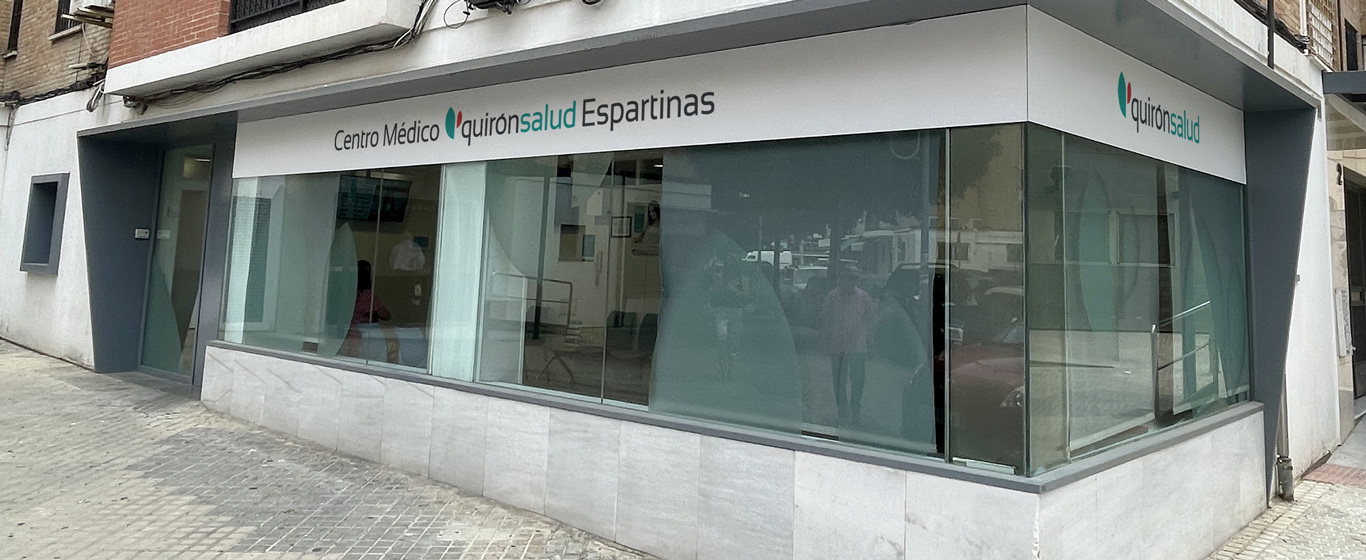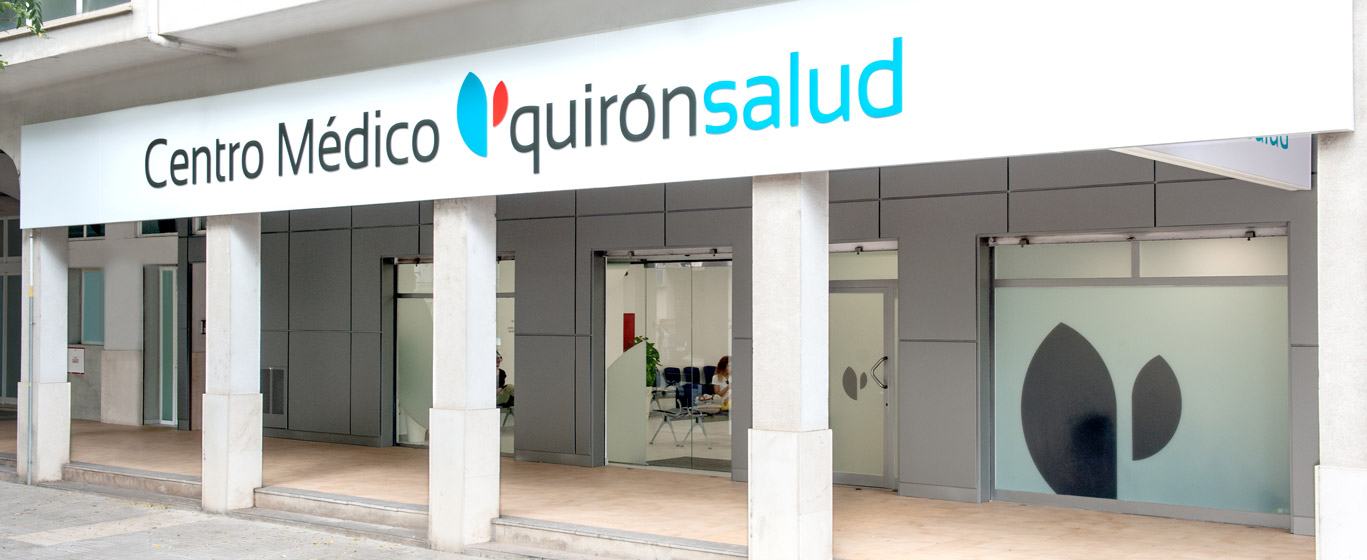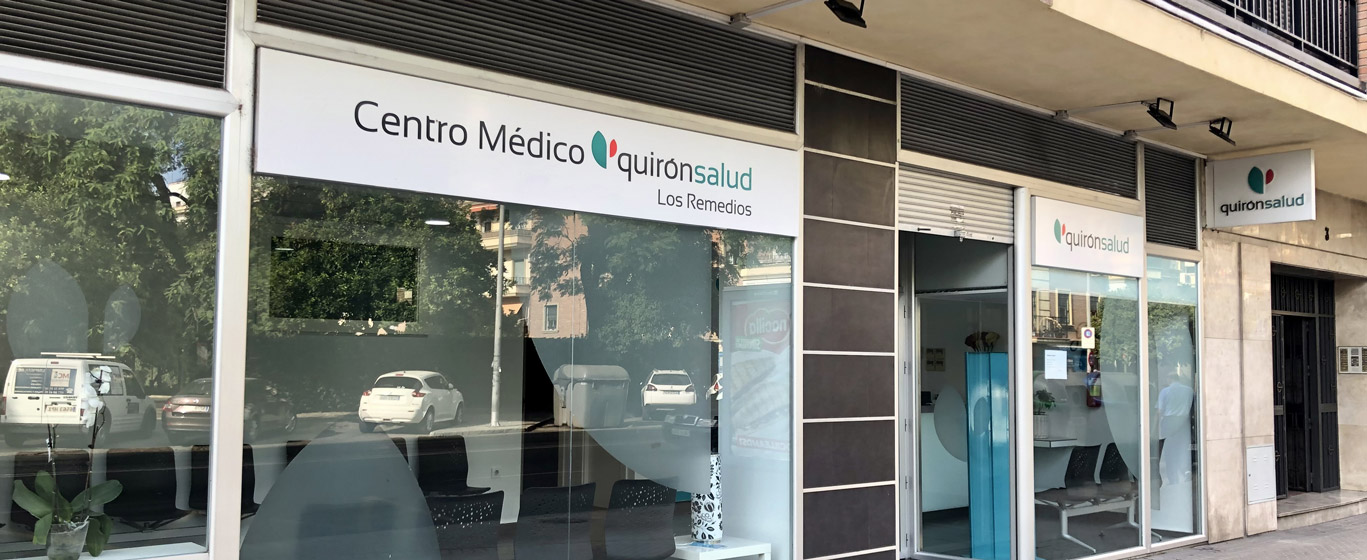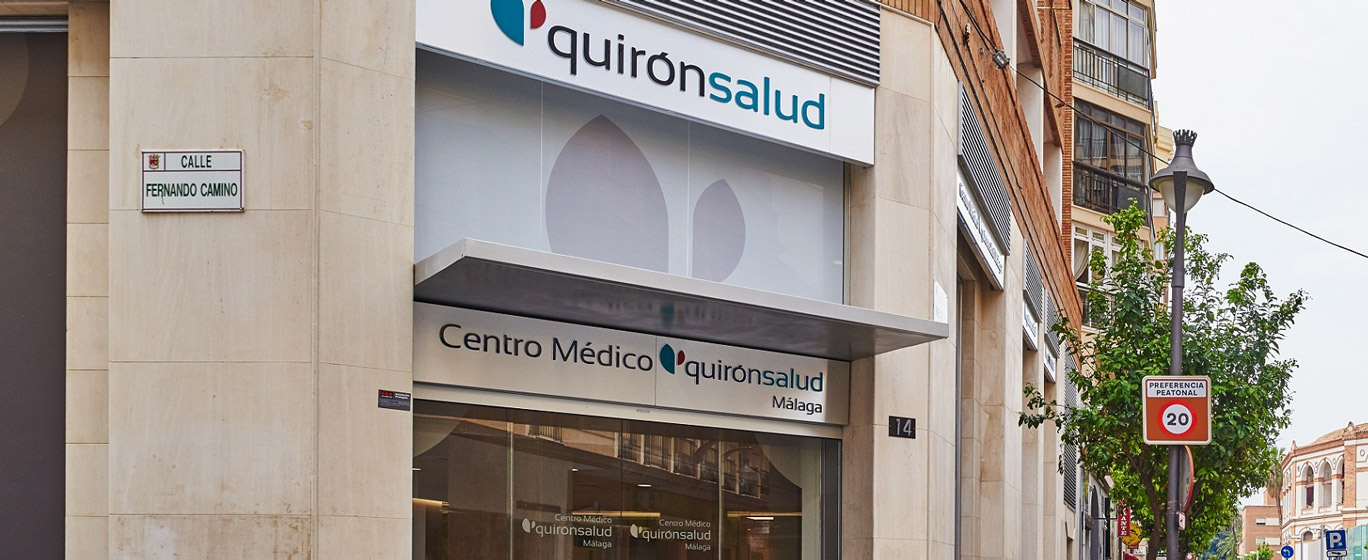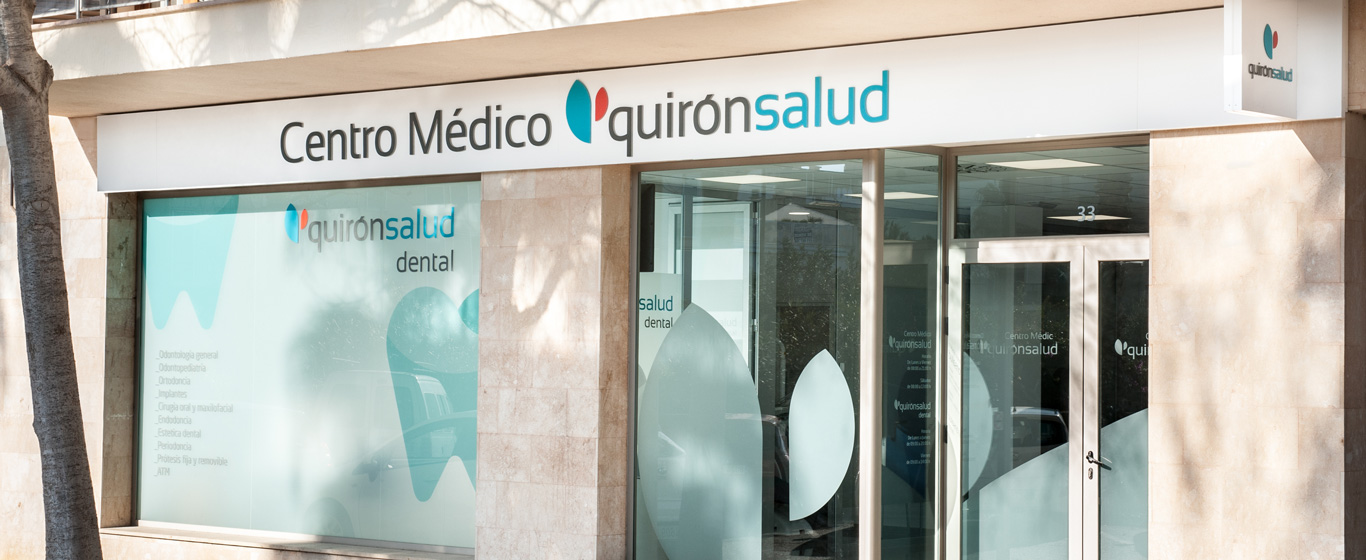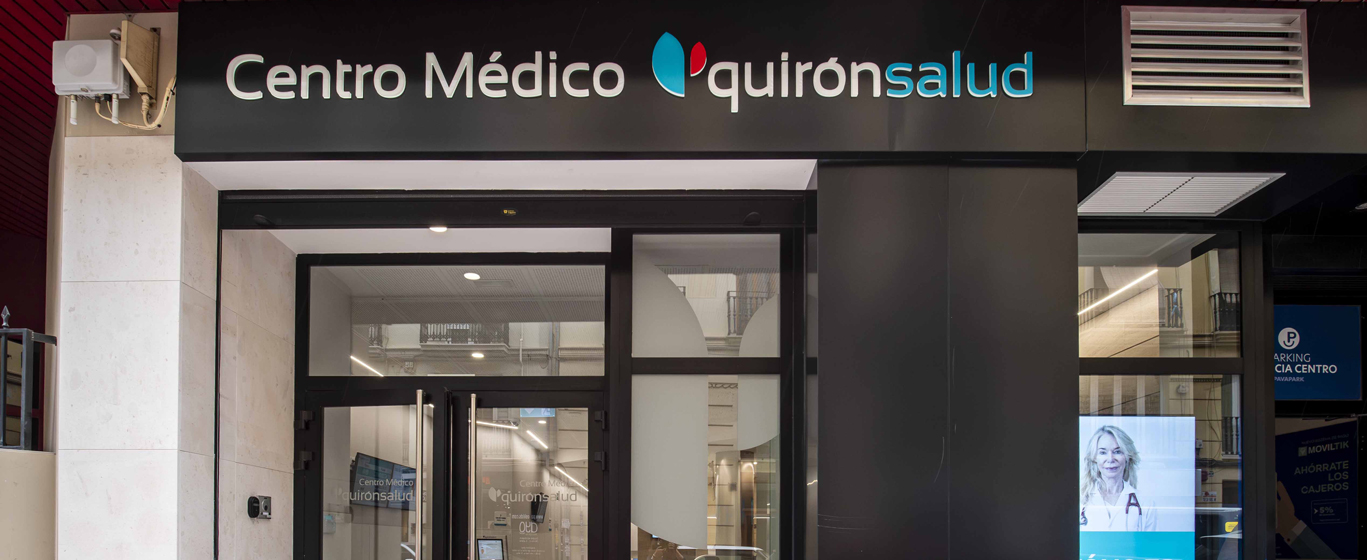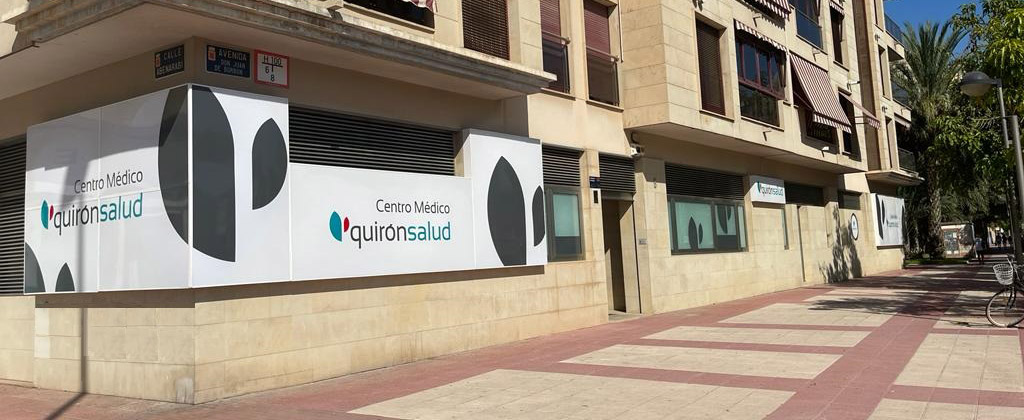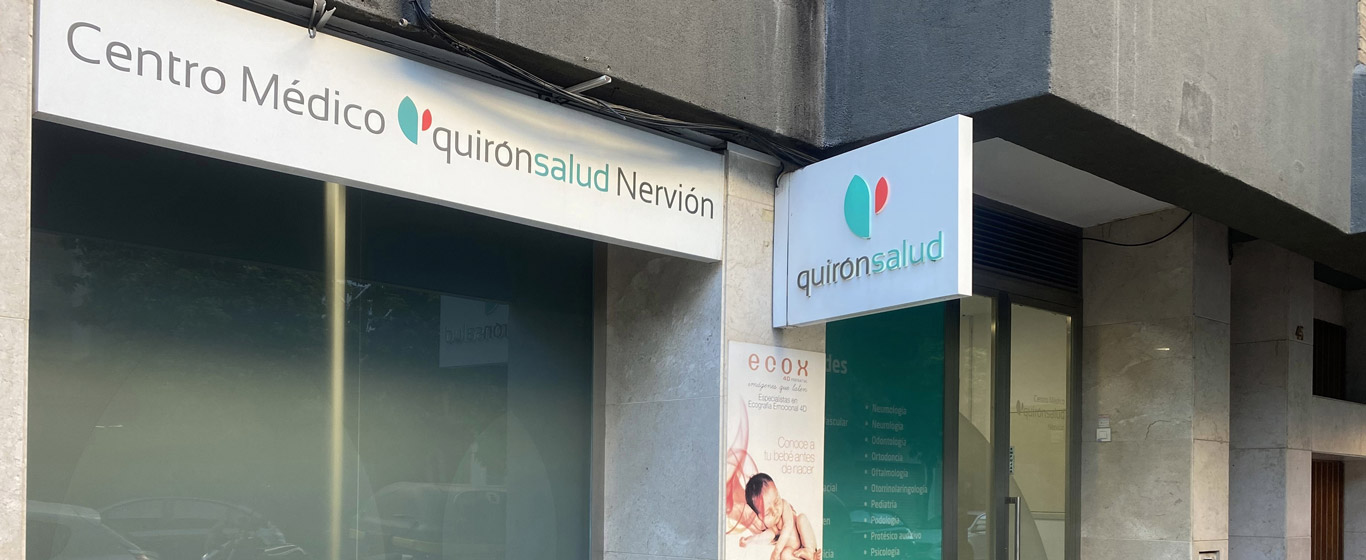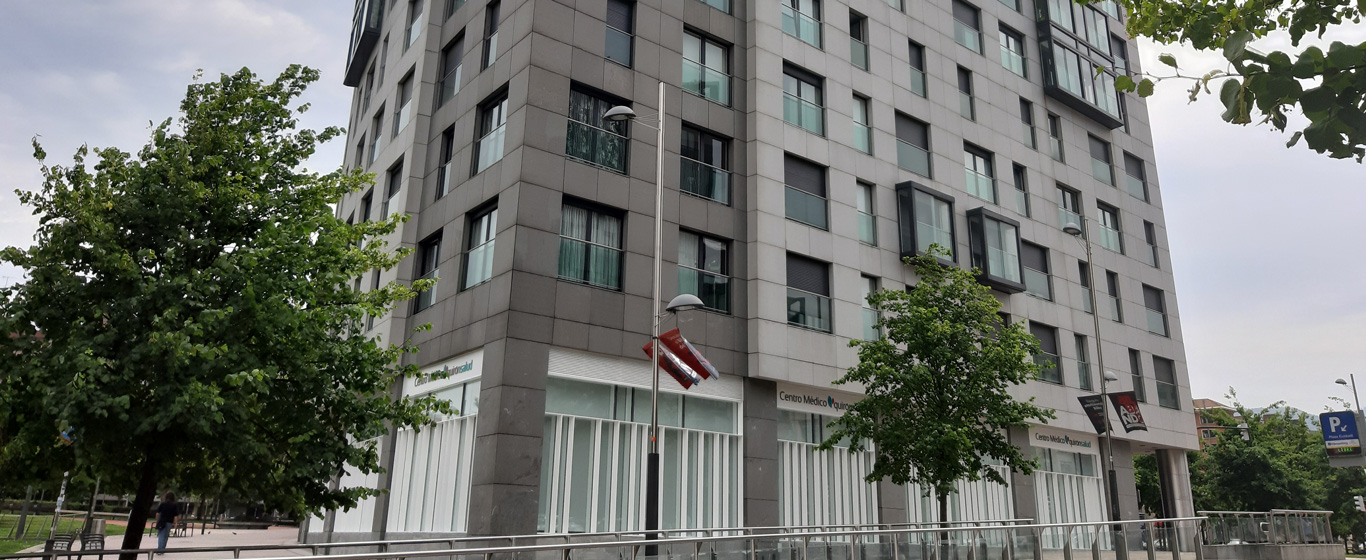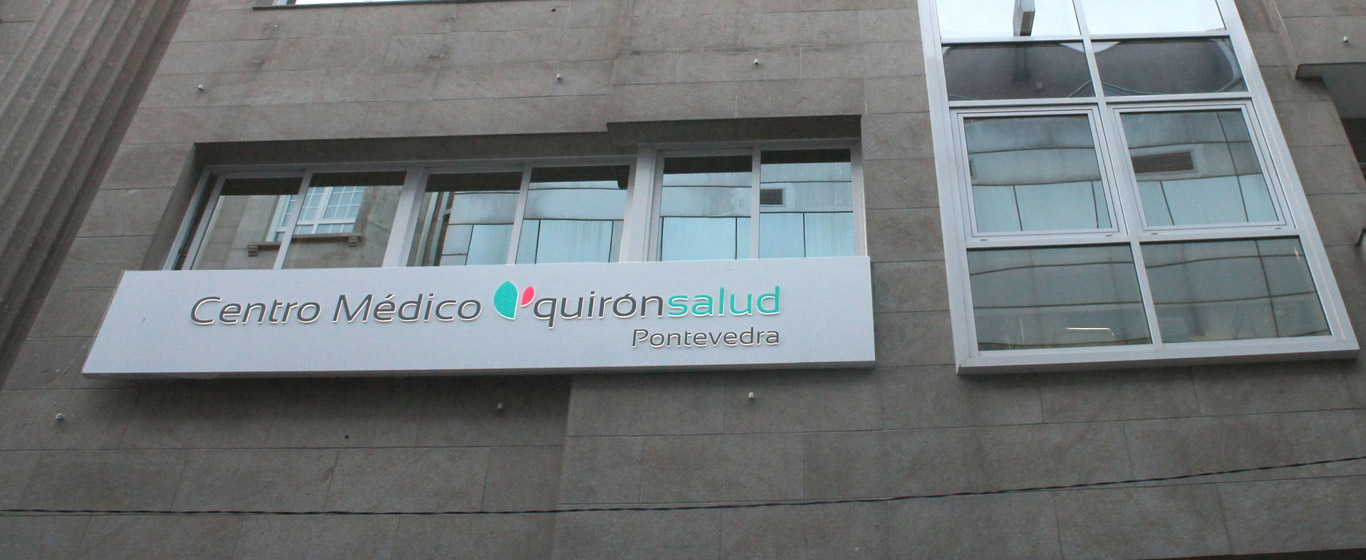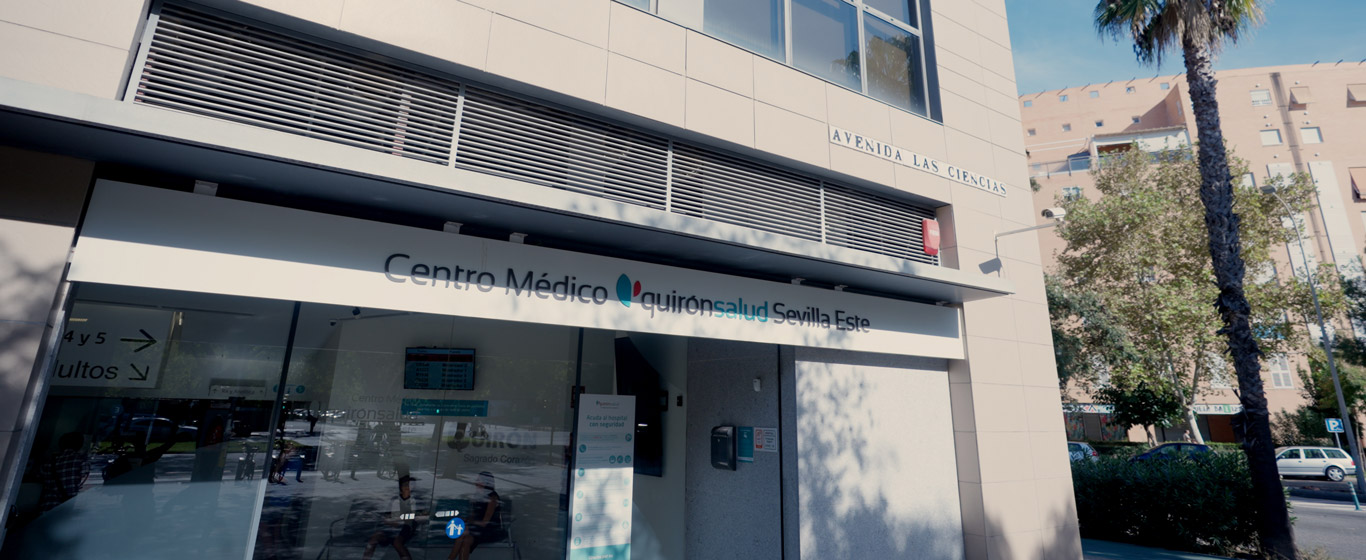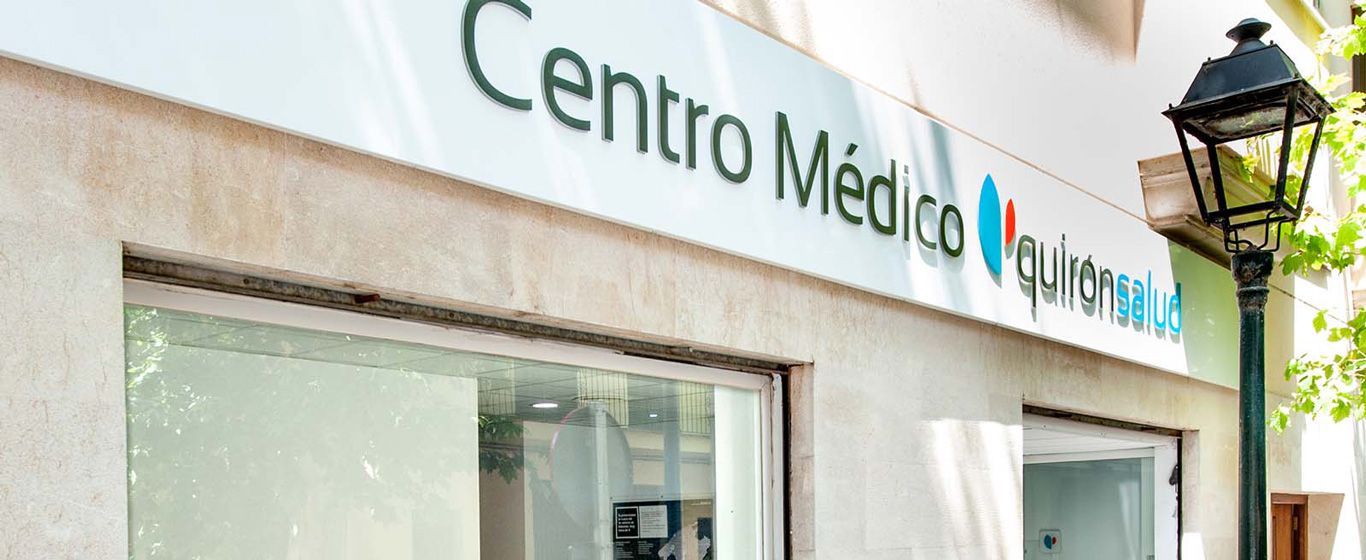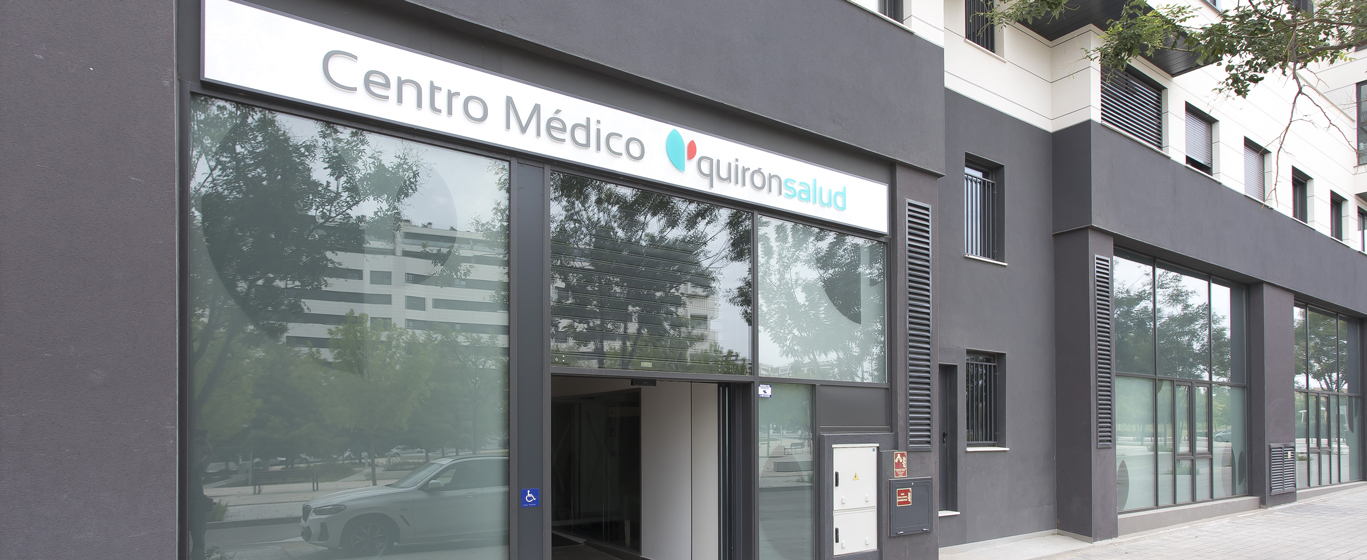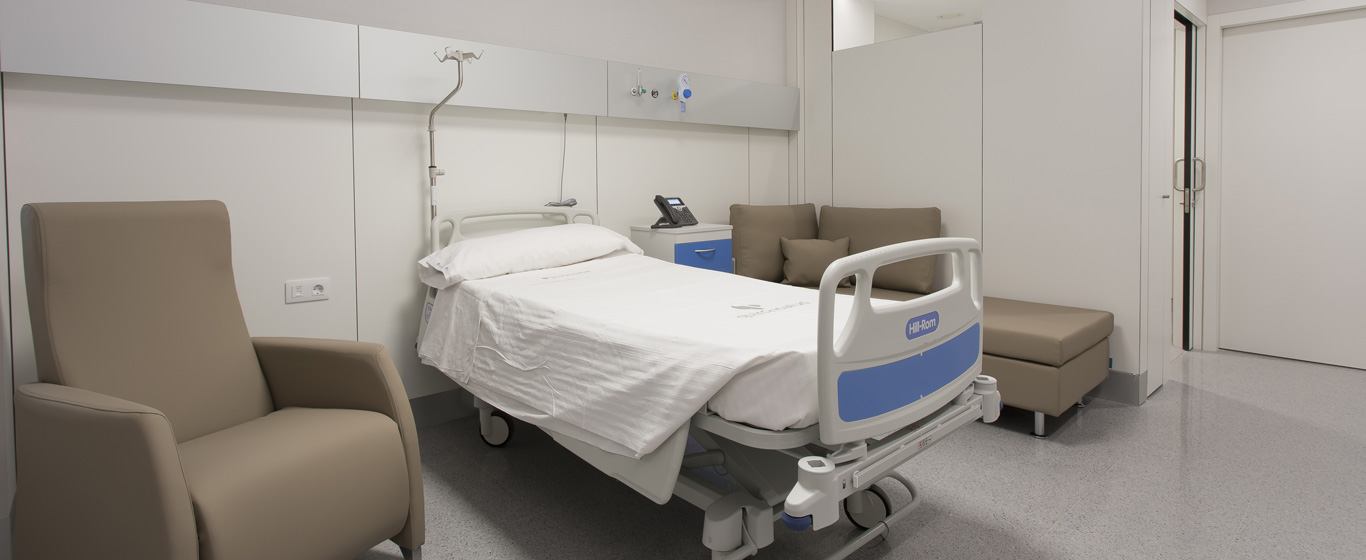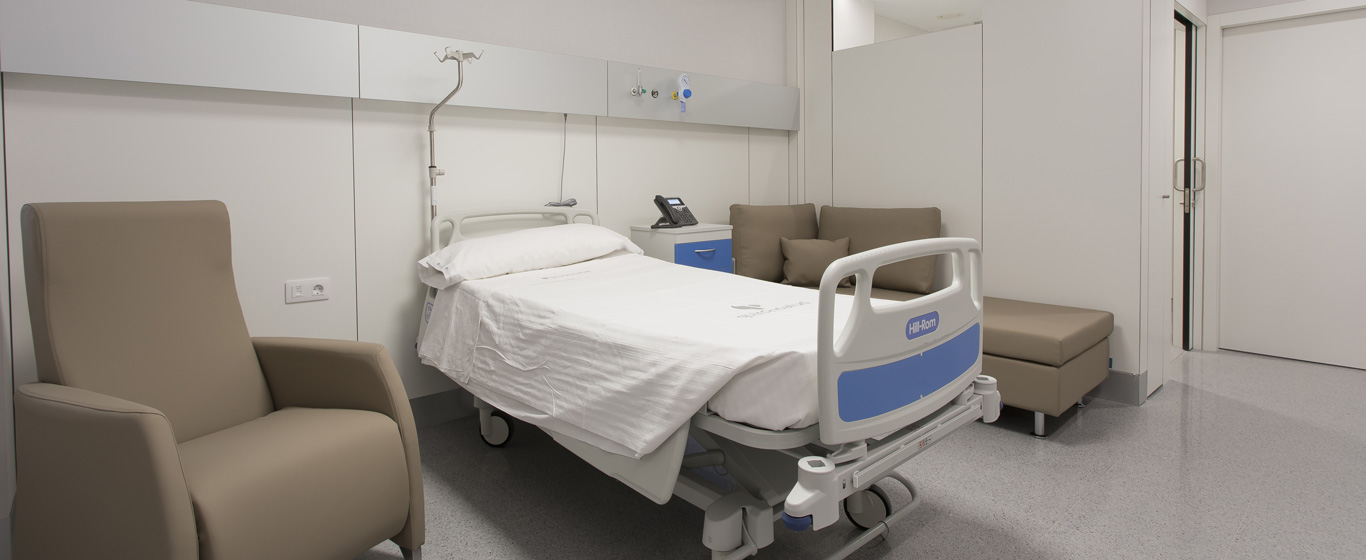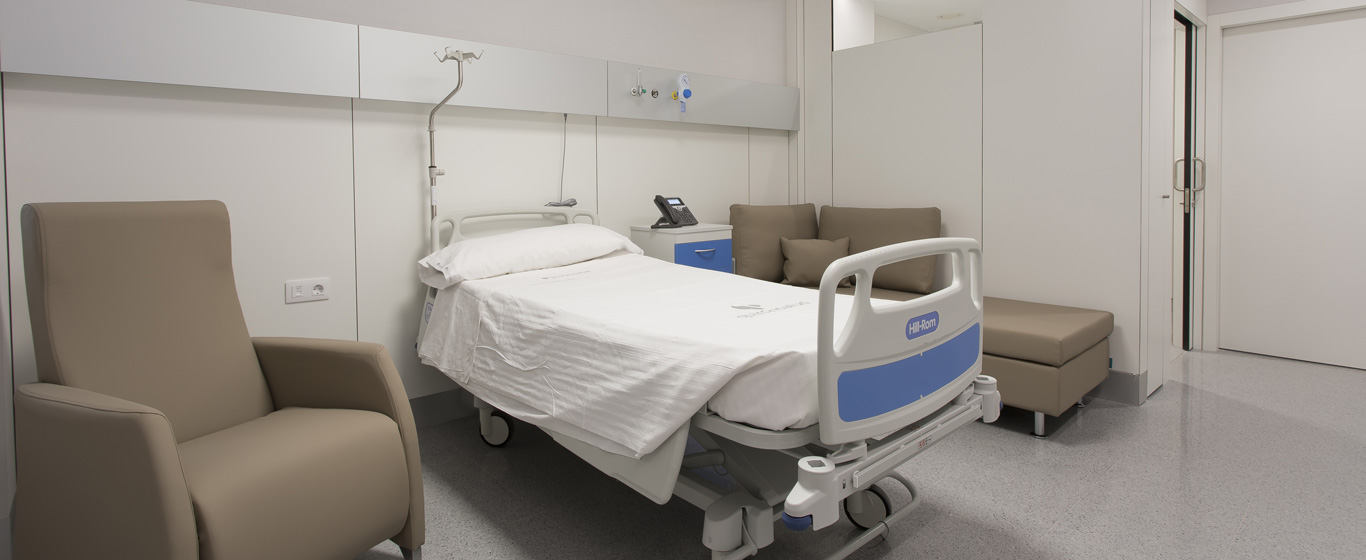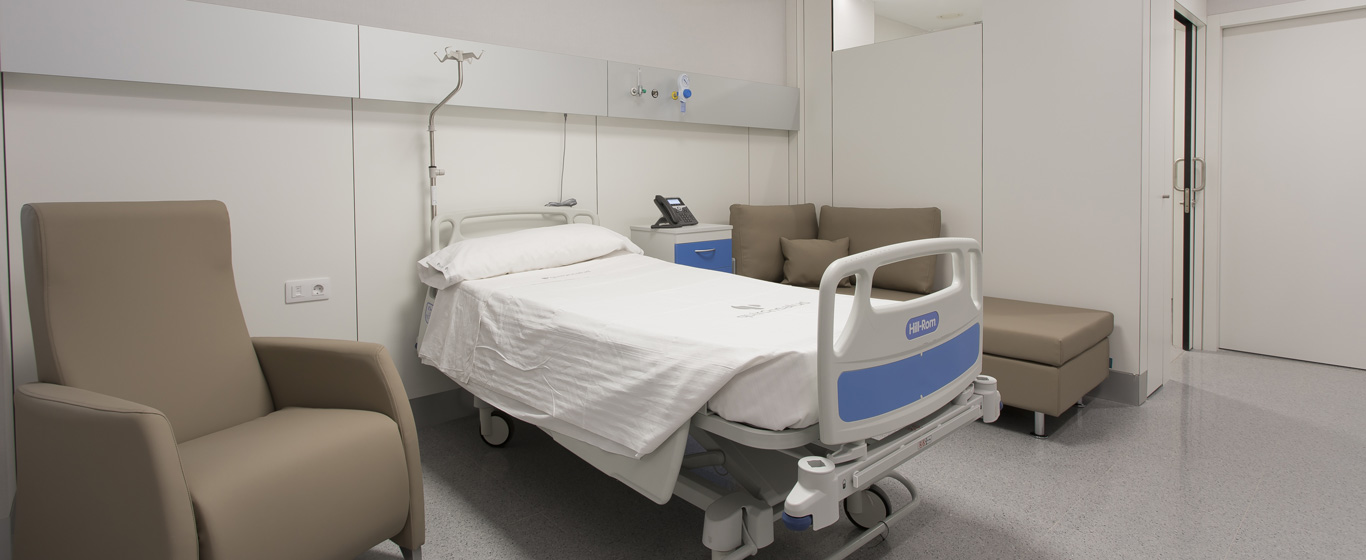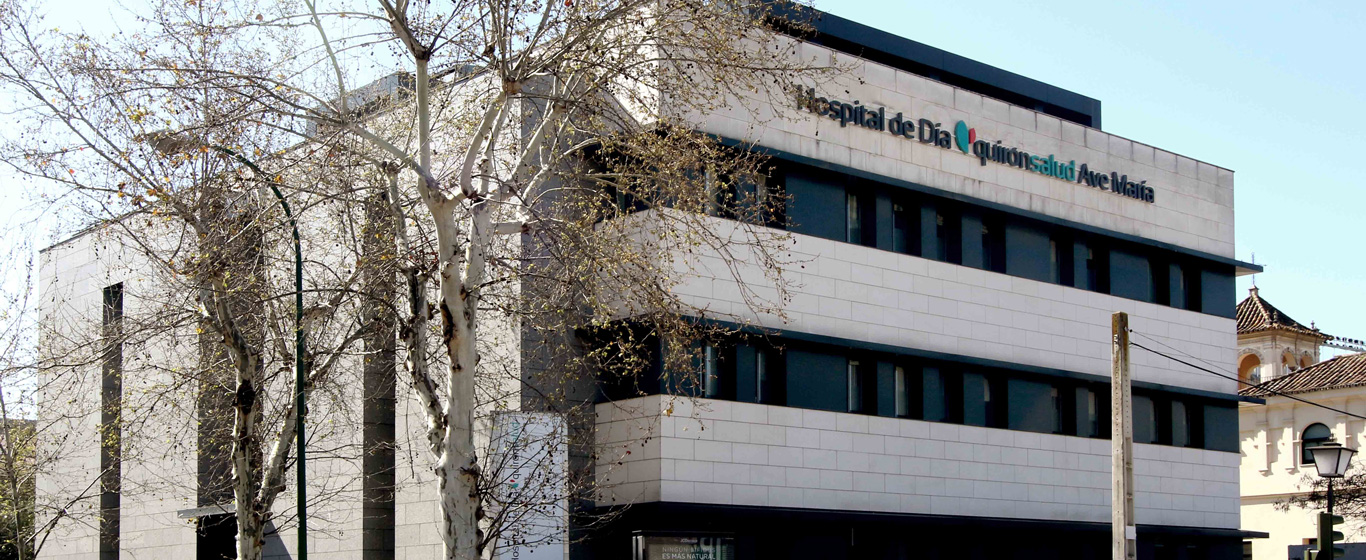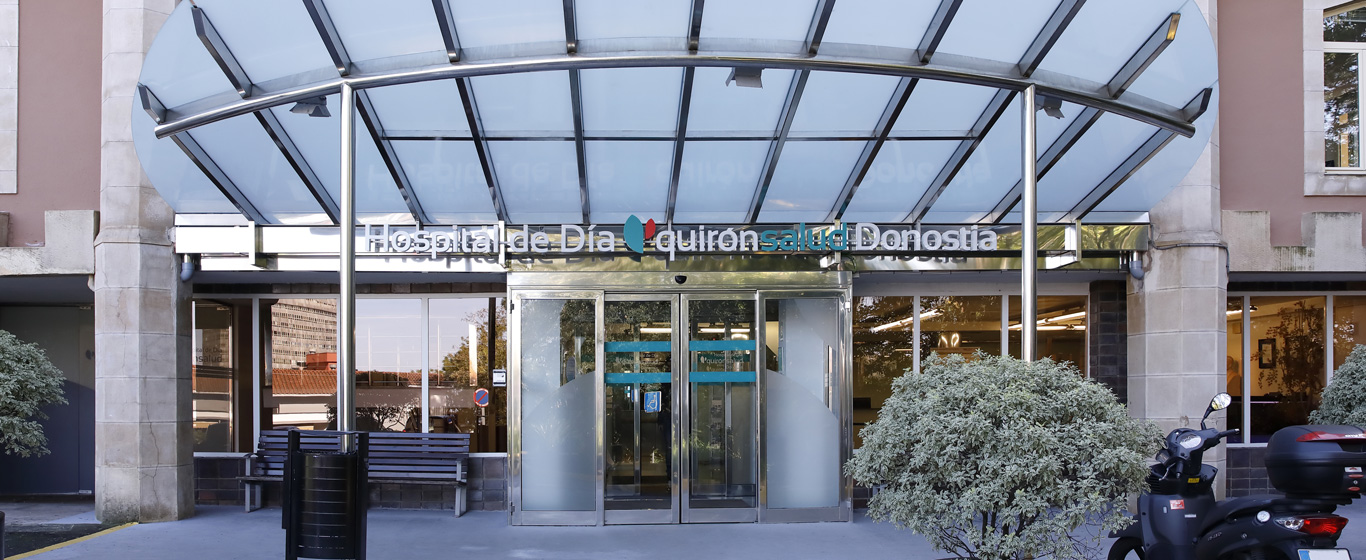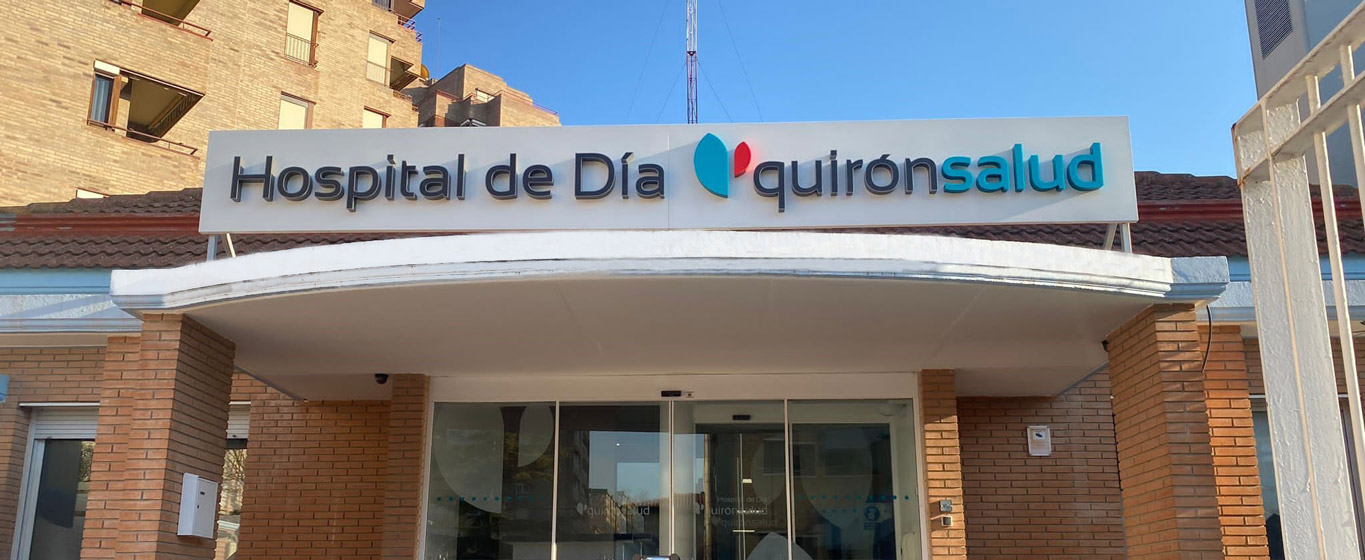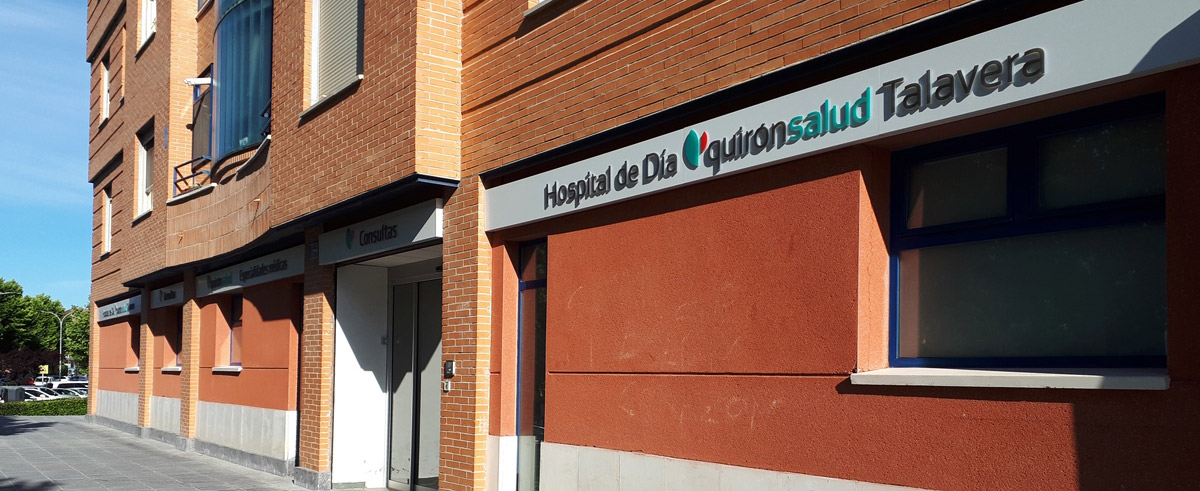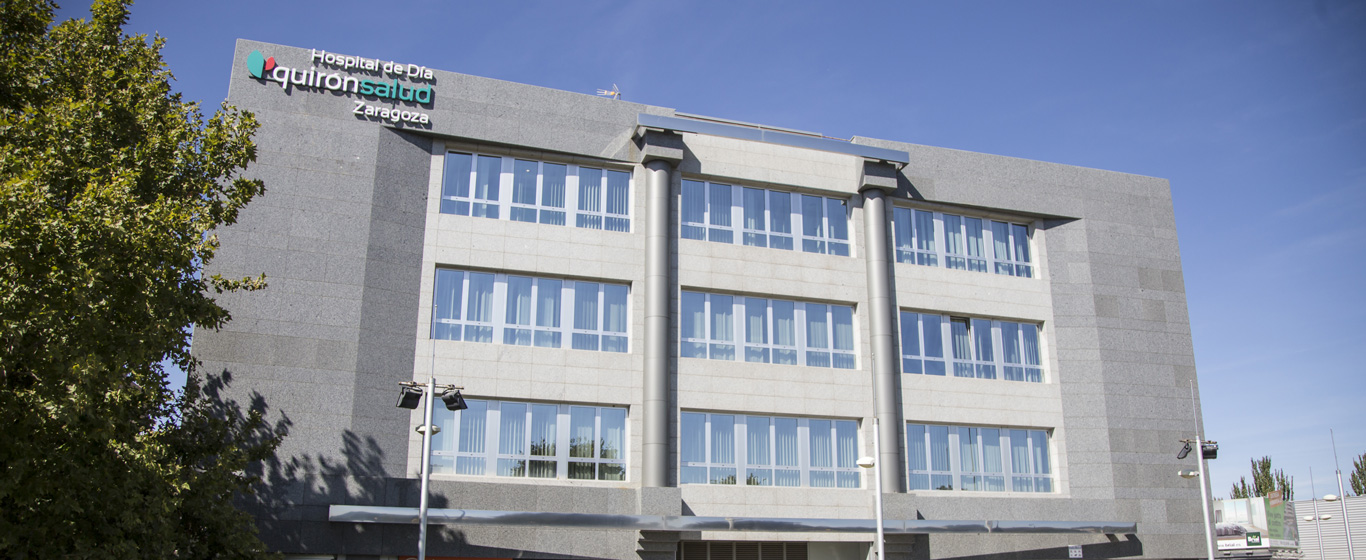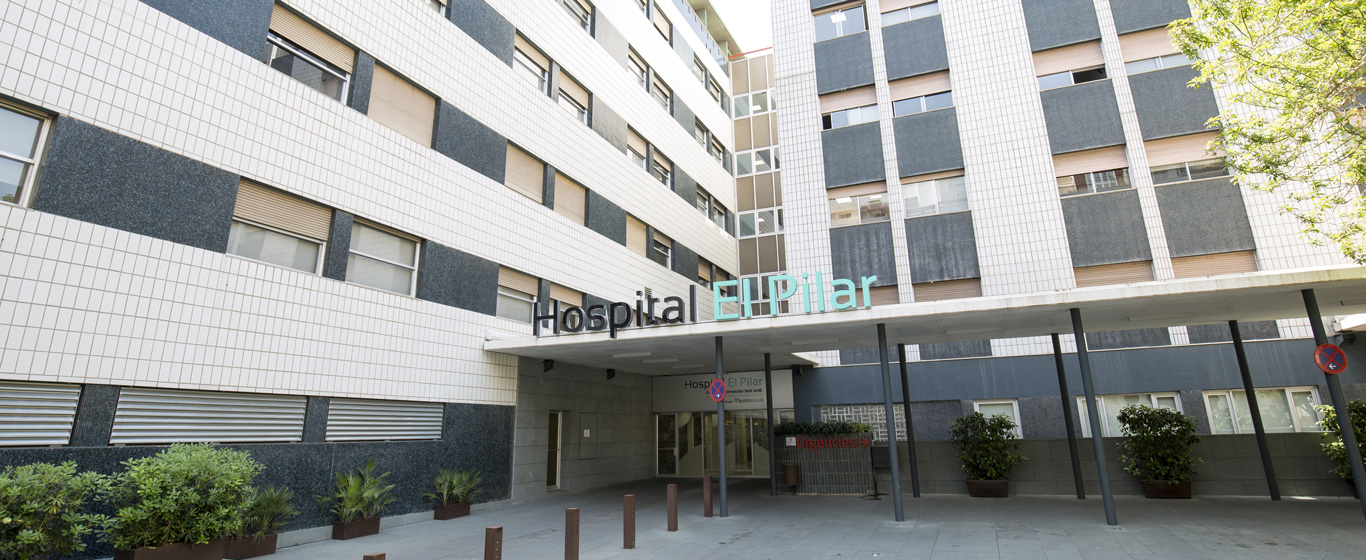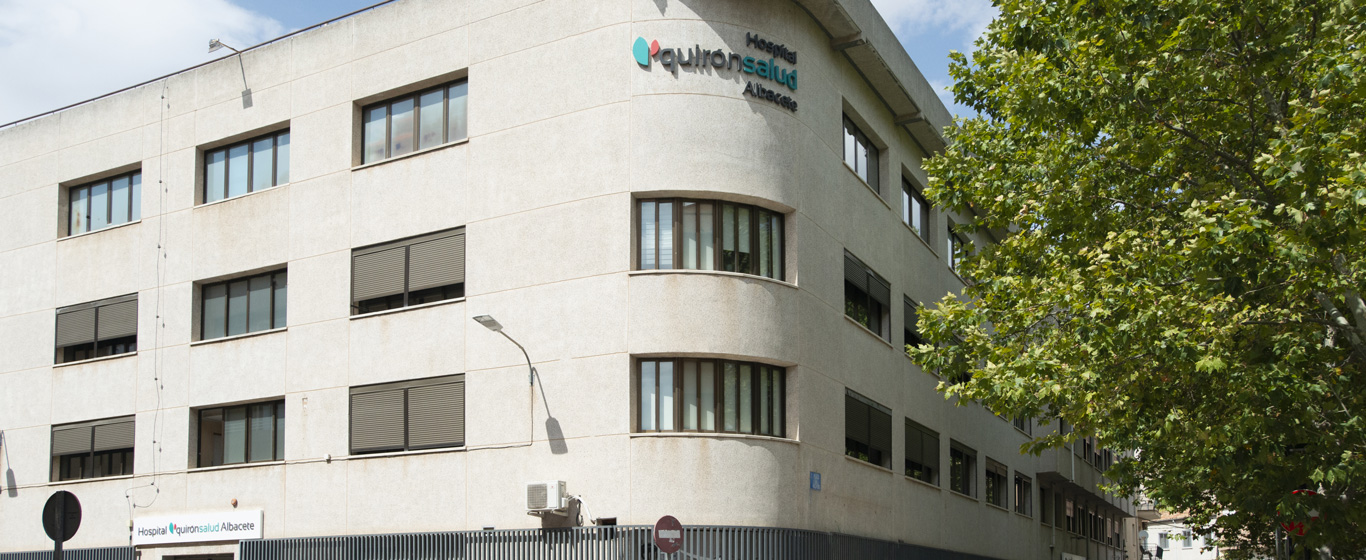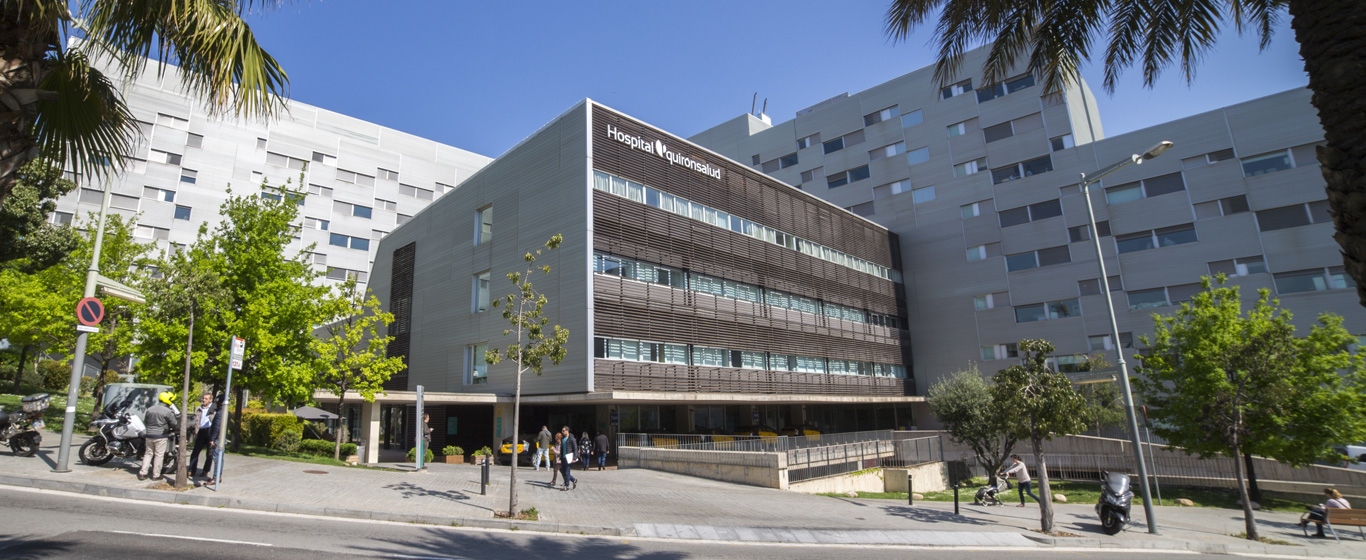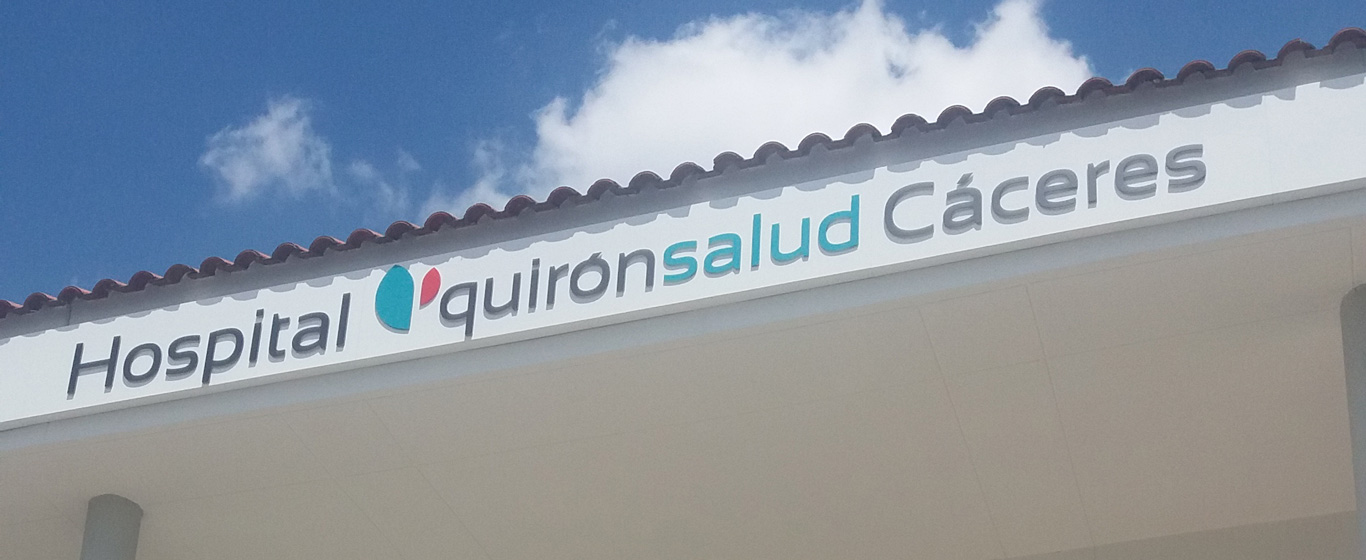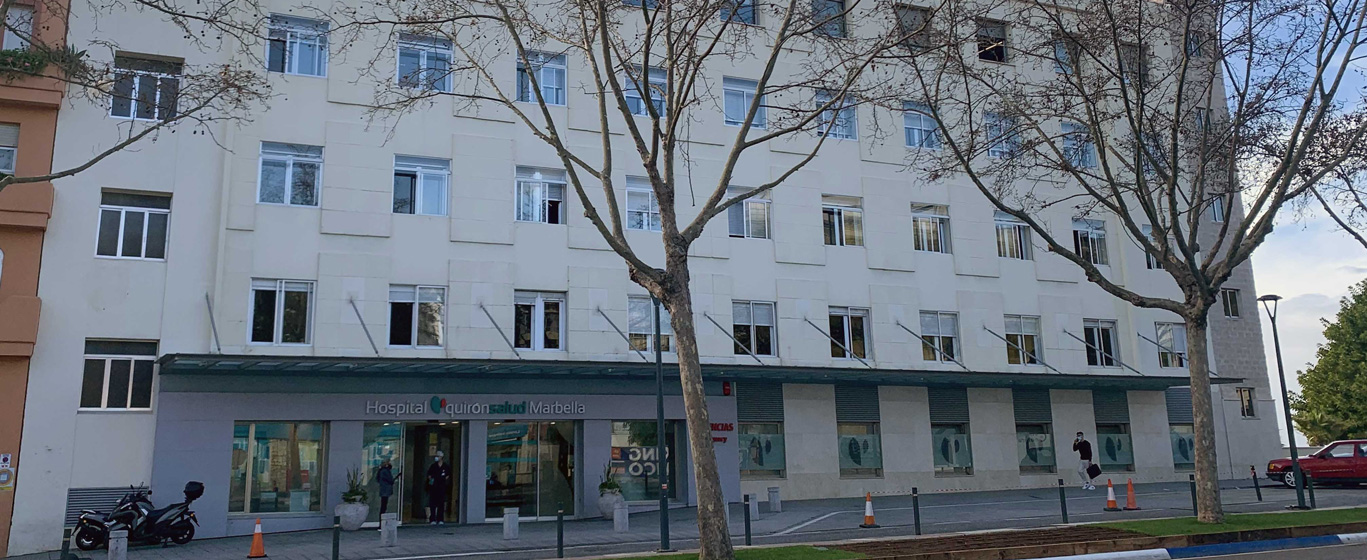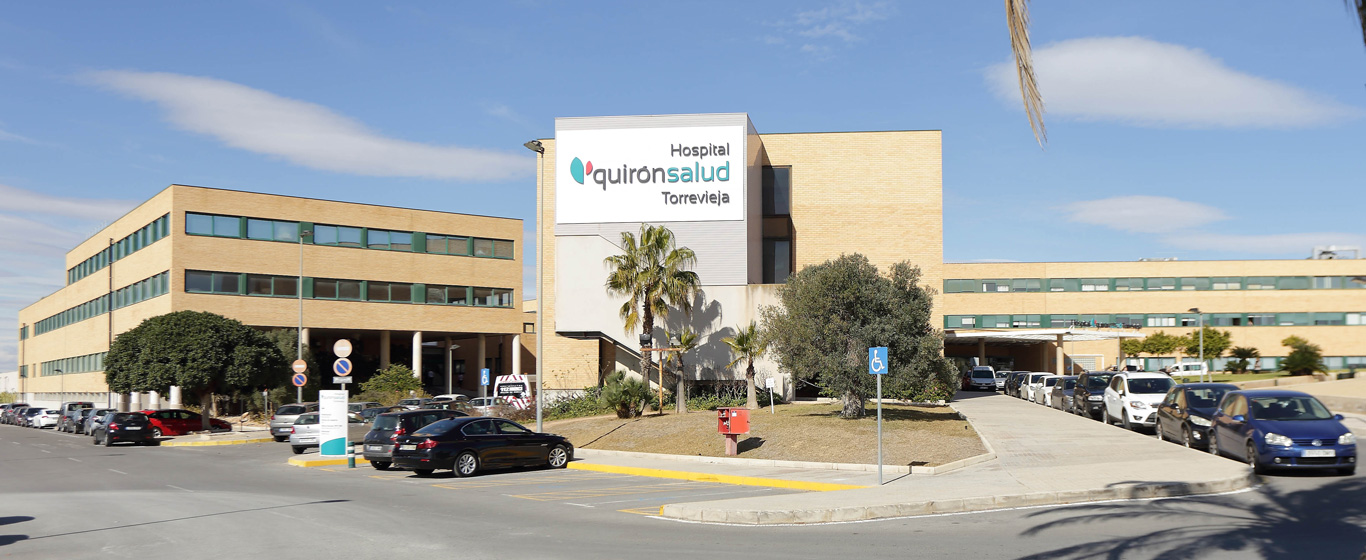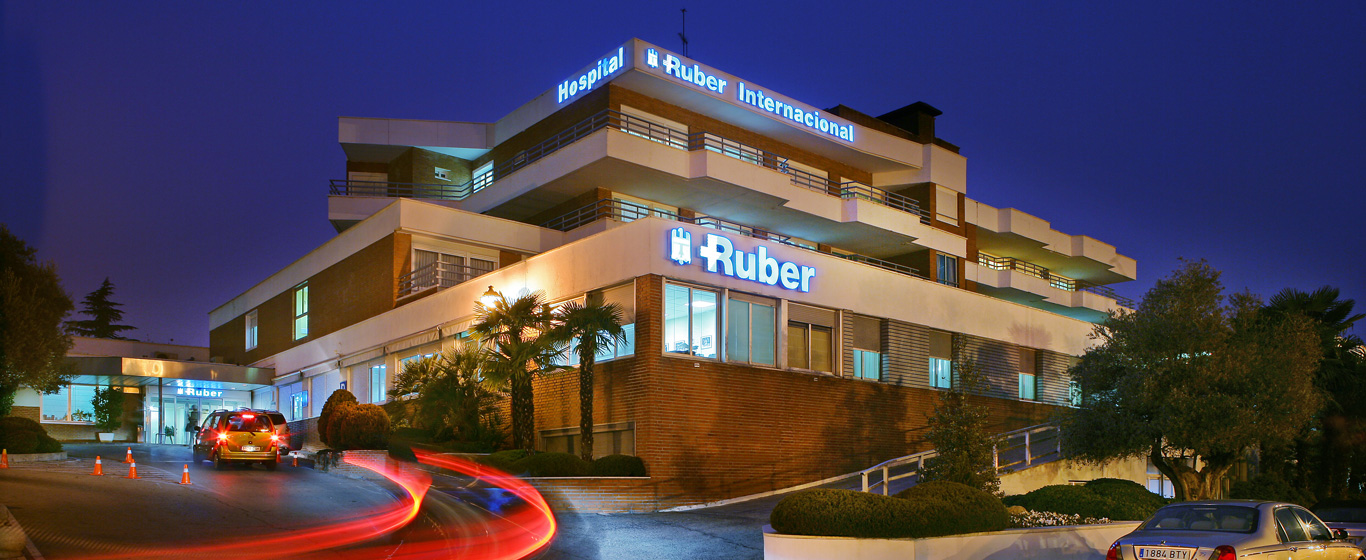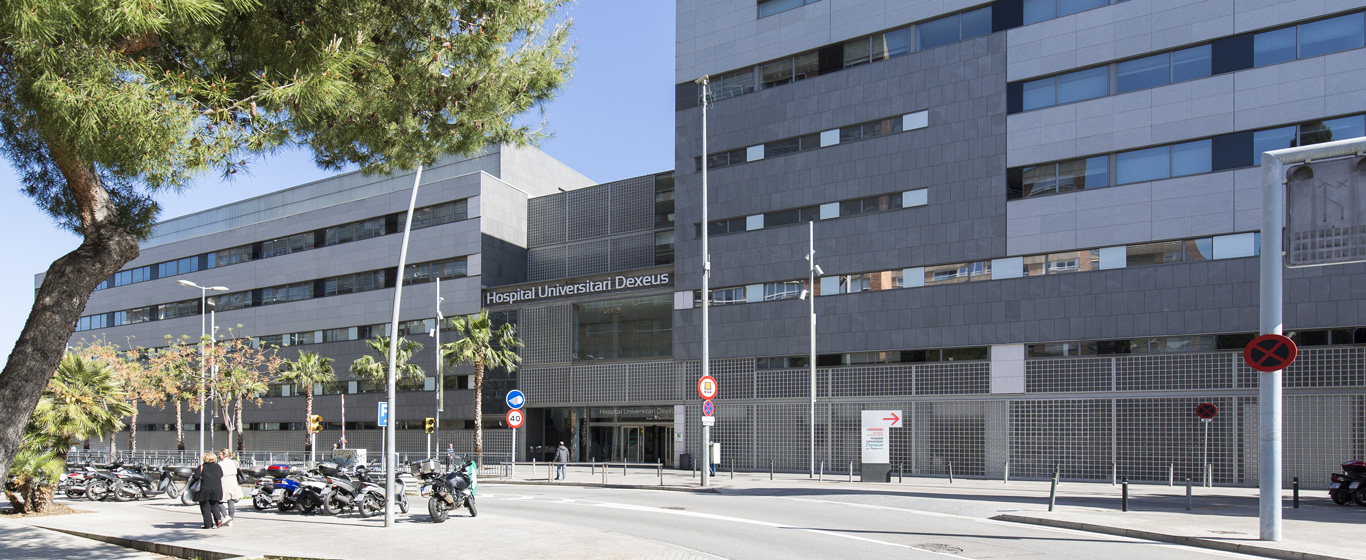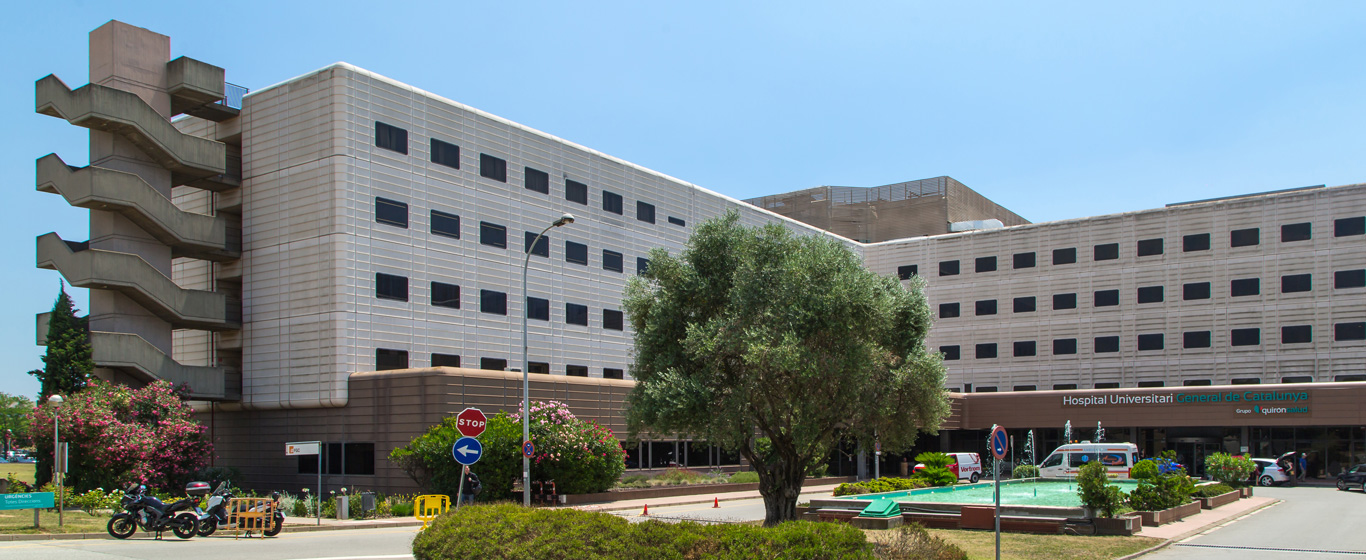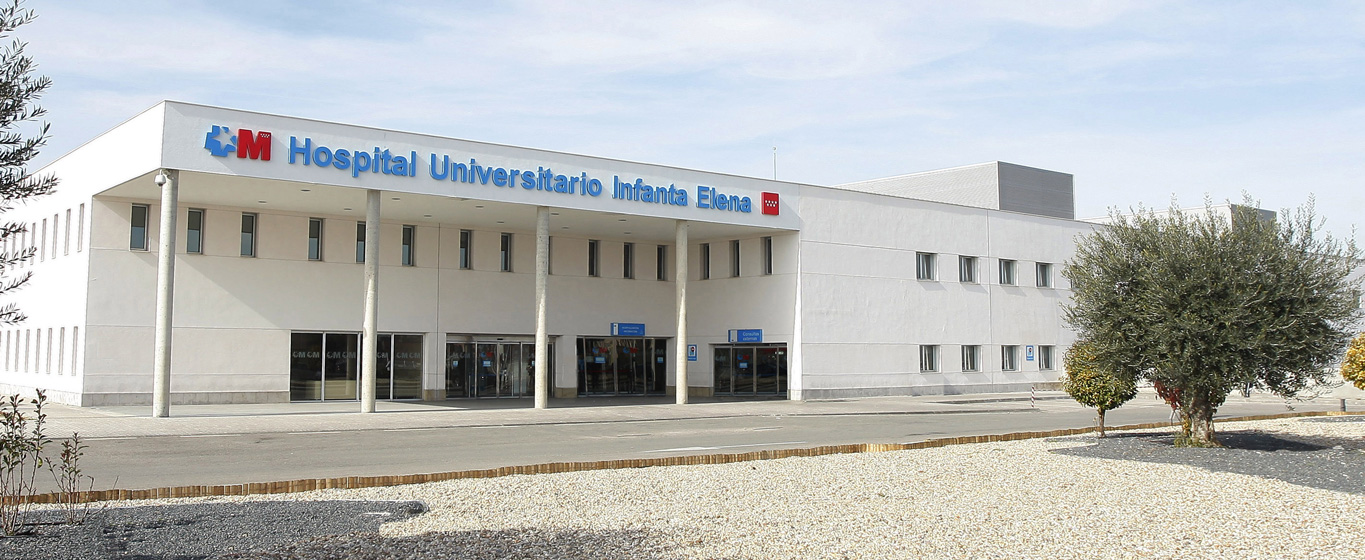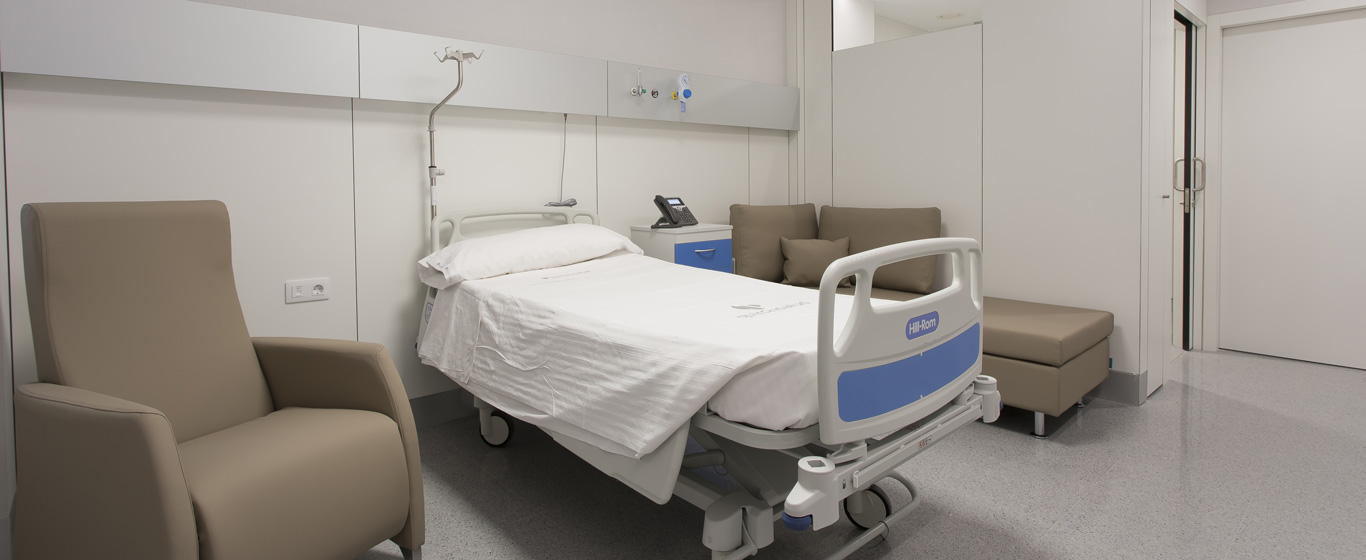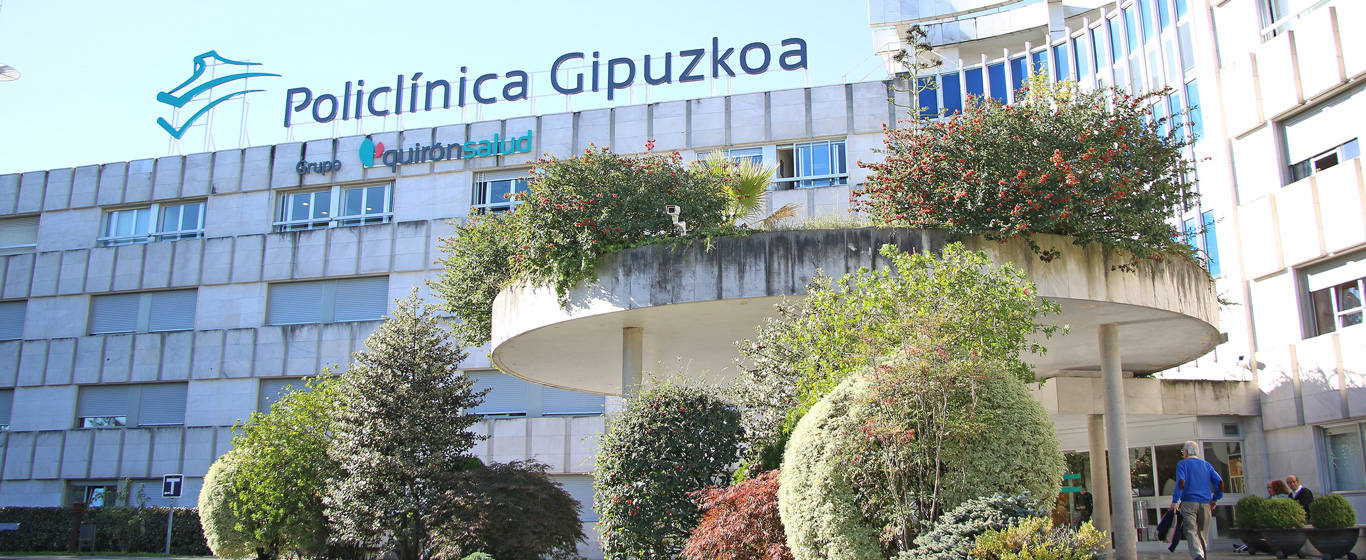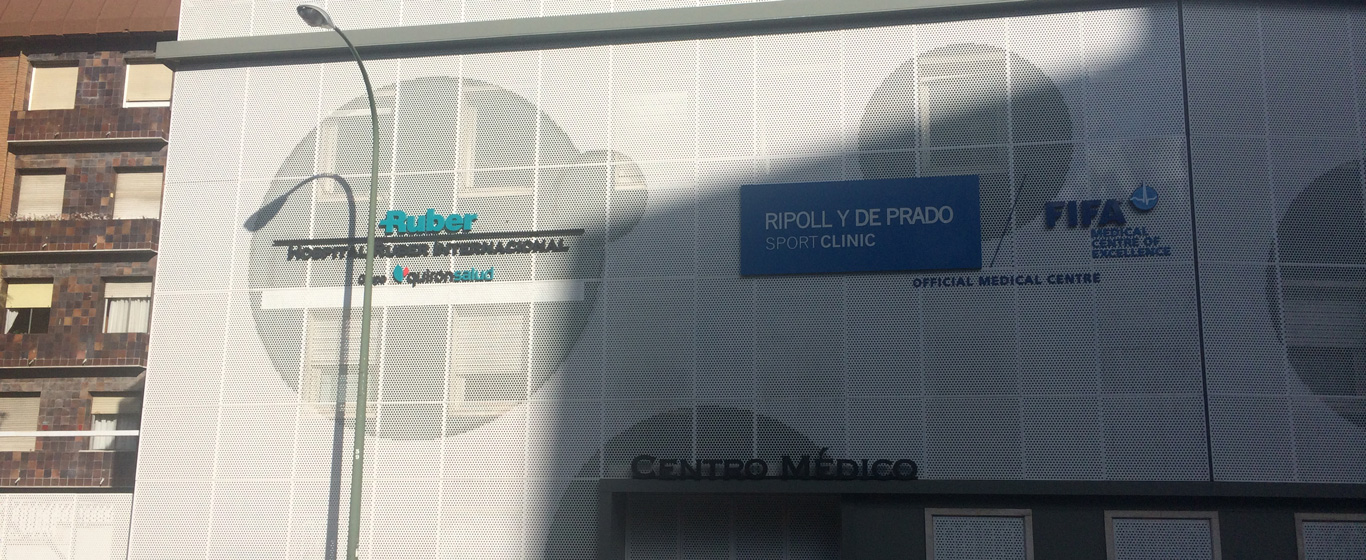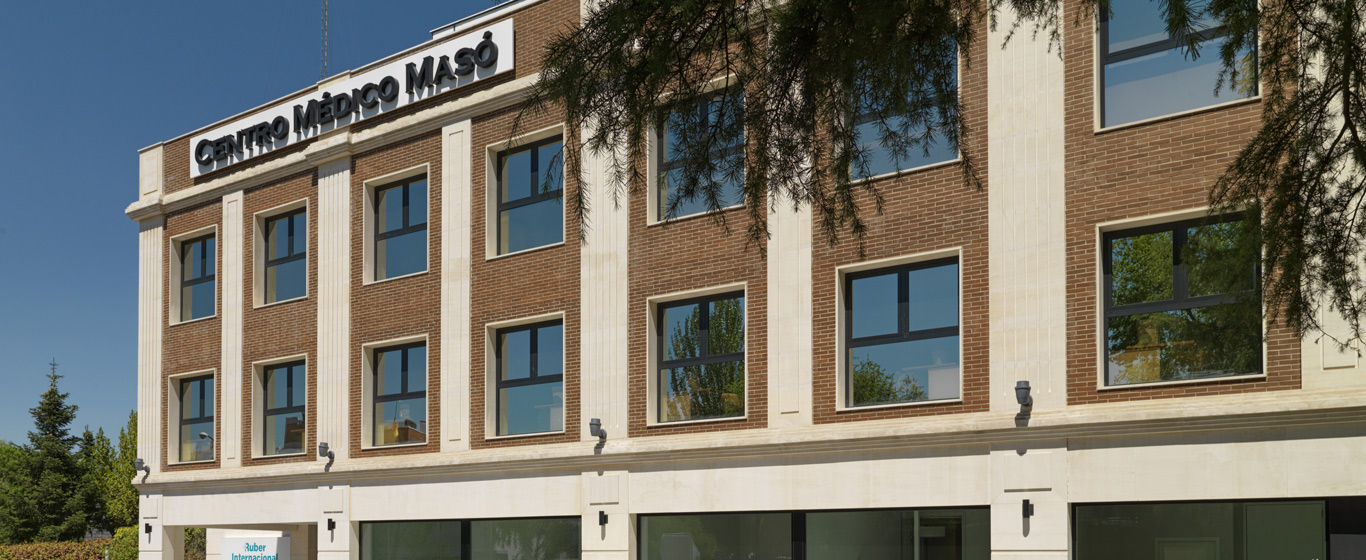Computed Tomography (CT) Scan of the Neck
The neck CT scan is used to study the condition of the structures and tissues in the neck. This procedure uses X-rays to obtain three-dimensional images.

General Description
Computed tomography (CT) of the neck is a diagnostic test that uses X-rays from different angles to obtain detailed images of the face and neck. It is commonly performed to detect diseases affecting the upper respiratory and digestive systems, especially the throat.
Structures examined by a neck CT scan include:
- Bones: cervical vertebrae (C1 to C7), maxilla, mandible, hyoid bone.
- Soft tissues: muscles, tonsils, adenoids, throat, airways, salivary glands, lymph nodes, thyroid gland.
- Blood vessels: carotid arteries, vertebral arteries, thyrocervical trunk, jugular veins, vertebral veins, thyroid vein.
Neck CT scans are often combined with head CT scans to achieve a more precise diagnosis. This technique is also used for surgical planning and to monitor treatment progress.
When is it indicated?
This type of CT scan is performed in patients with inflammation or lumps in the neck, voice changes, or swallowing difficulties. It helps detect:
- Infections
- Benign cysts
- Malignant tumors
- Congenital malformations
- Cervical vertebrae abnormalities
Neck CT is contraindicated in pregnant and breastfeeding women. Contrast agents should be avoided in patients with heart, kidney, or thyroid diseases. In pediatric patients, each case is evaluated individually to determine if an alternative technique is preferable.
How is it performed?
A neck CT scan is carried out in the radiology department following these steps:
- The patient lies on their back on a scanning table.
- If necessary, a contrast agent is injected into a peripheral vein to enhance visualization of certain tissues such as blood vessels or cancerous tumors. These tissues absorb more contrast, appearing brighter on images.
- The table slides into the CT scanner, a tube-shaped device.
- The scanner rotates around the patient, acquiring two-dimensional images (slices) between 1 and 10 millimeters thick.
- These slices are combined to create a three-dimensional representation of the neck structures.
Risks
The radiation dose used in a neck CT scan is typically about 3 millisieverts (mSv), equivalent to one year of natural background radiation. Therefore, when performed occasionally, it poses minimal risk. However, repeated scans may increase the long-term risk of cancer.
Contrast agents can occasionally cause allergic reactions such as itching, headache, or rash, though this is uncommon.
What to expect during a neck CT scan
The patient changes into a hospital gown and removes any metal items such as glasses, dentures, hearing aids, or jewelry. After signing an informed consent form, they enter the radiology room.
Once lying on the table, a contrast agent is injected into a peripheral vein, usually in the arm. Besides a mild needle prick, patients may experience transient tachycardia and a sudden warming sensation in the chest, arm, and genital area, which typically subsides within minutes.
The scanner produces rotating noises and emits X-rays, which are not usually bothersome. The procedure lasts around 10 to 20 minutes, during which the table moves back and forth. It is important for the patient to remain as still as possible.
Patients can resume their normal activities immediately after the test without any special rest.
Specialties requesting neck CT scans
Radiologists perform the neck CT and interpret the images, sharing results with specialists in oncology, internal medicine, otorhinolaryngology (ENT), endocrinology, neurology, and neurosurgery.
How to prepare
Fasting for 4 to 6 hours is required before a contrast-enhanced neck CT scan.
Patients should wear comfortable, easy-to-remove clothing and avoid makeup on the day of the test. Metallic objects are not allowed in the radiology area, so it is best to leave them at home.






